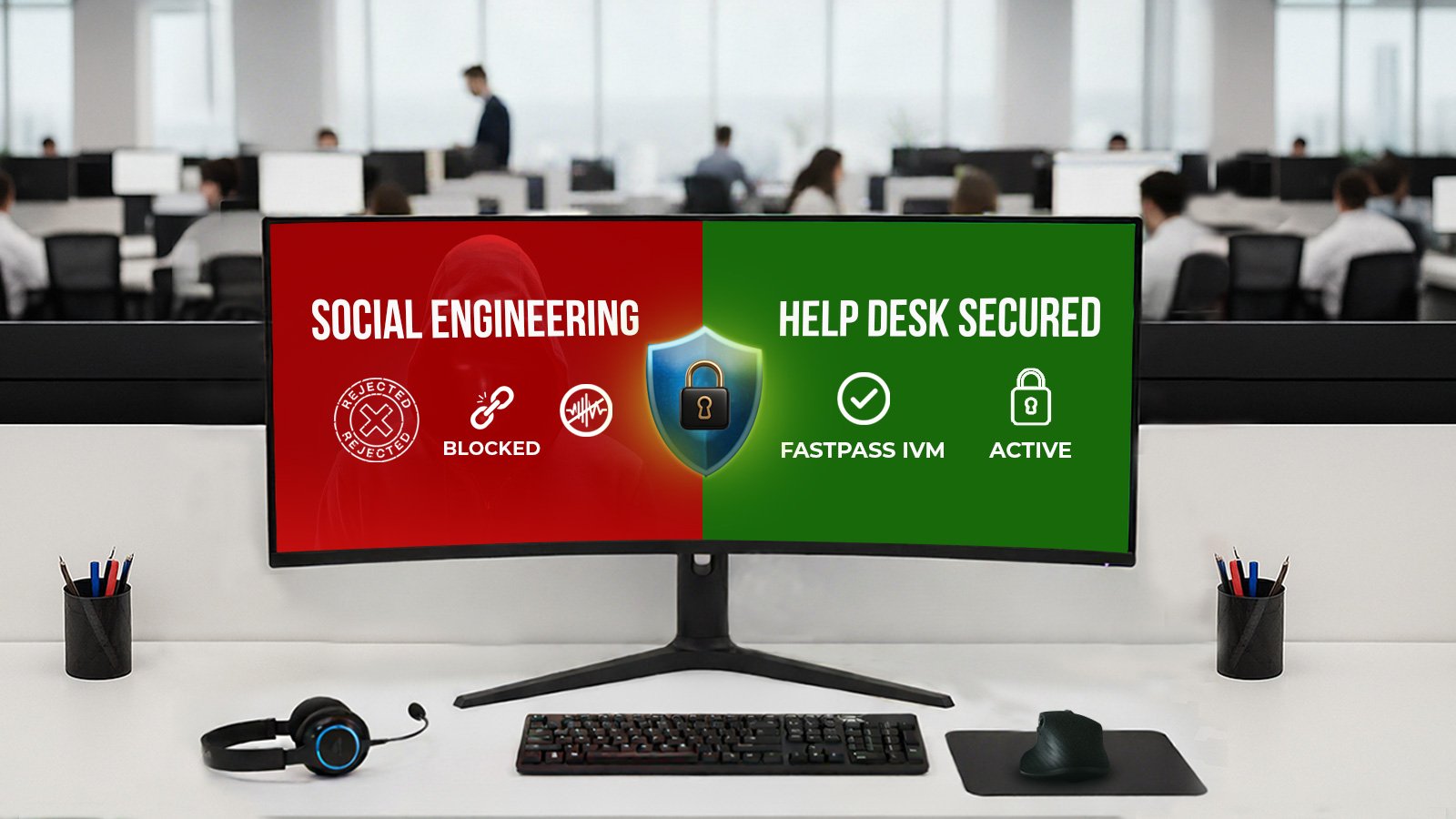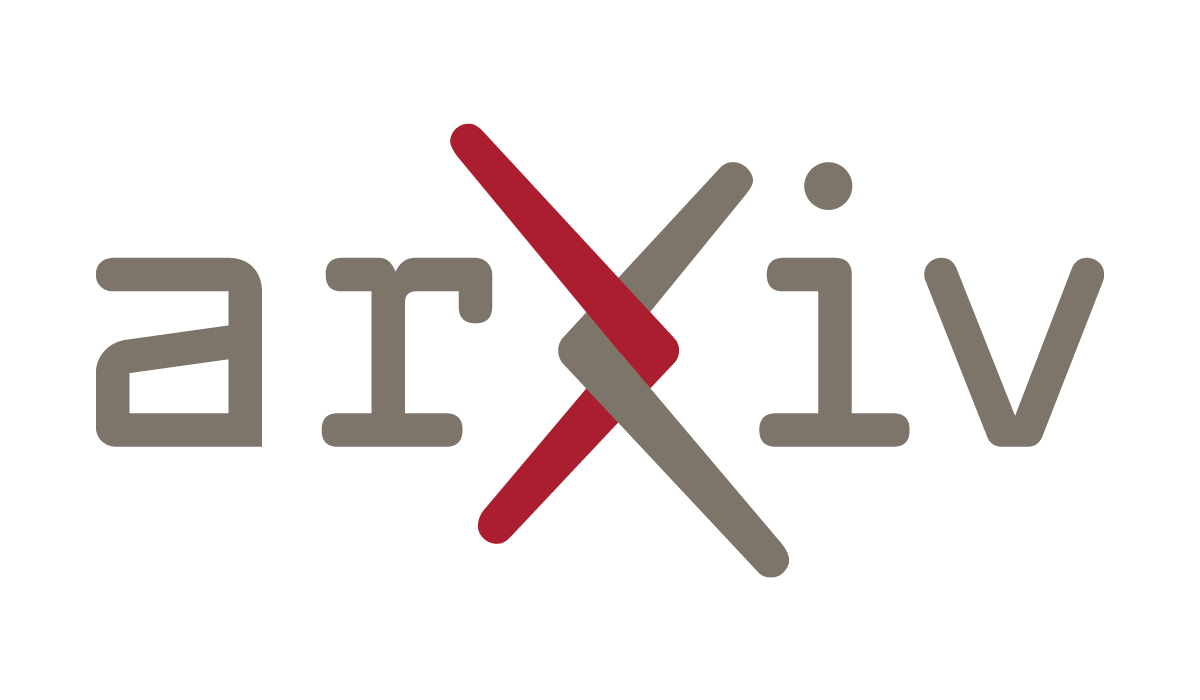Hybrid Schemes of NIST Post-Quantum Cryptography Standard Algorithms and Quantum Key Distribution for Key Exchange and Digital Signature
arXiv:2510.02379v1 Announce Type: new Abstract: Since the security of post-quantum cryptography (PQC) algorithms is based on the hardness of mathematical problems, while the security of quantum key distribution (QKD) relies on the fundamental principles of quantum physics, each approach possesses distinct advantages and limitations that can complement one another. Consequently, recent studies have proposed hybrid schemes that combine QKD and PQC to establish a dual-layered security model. In...





